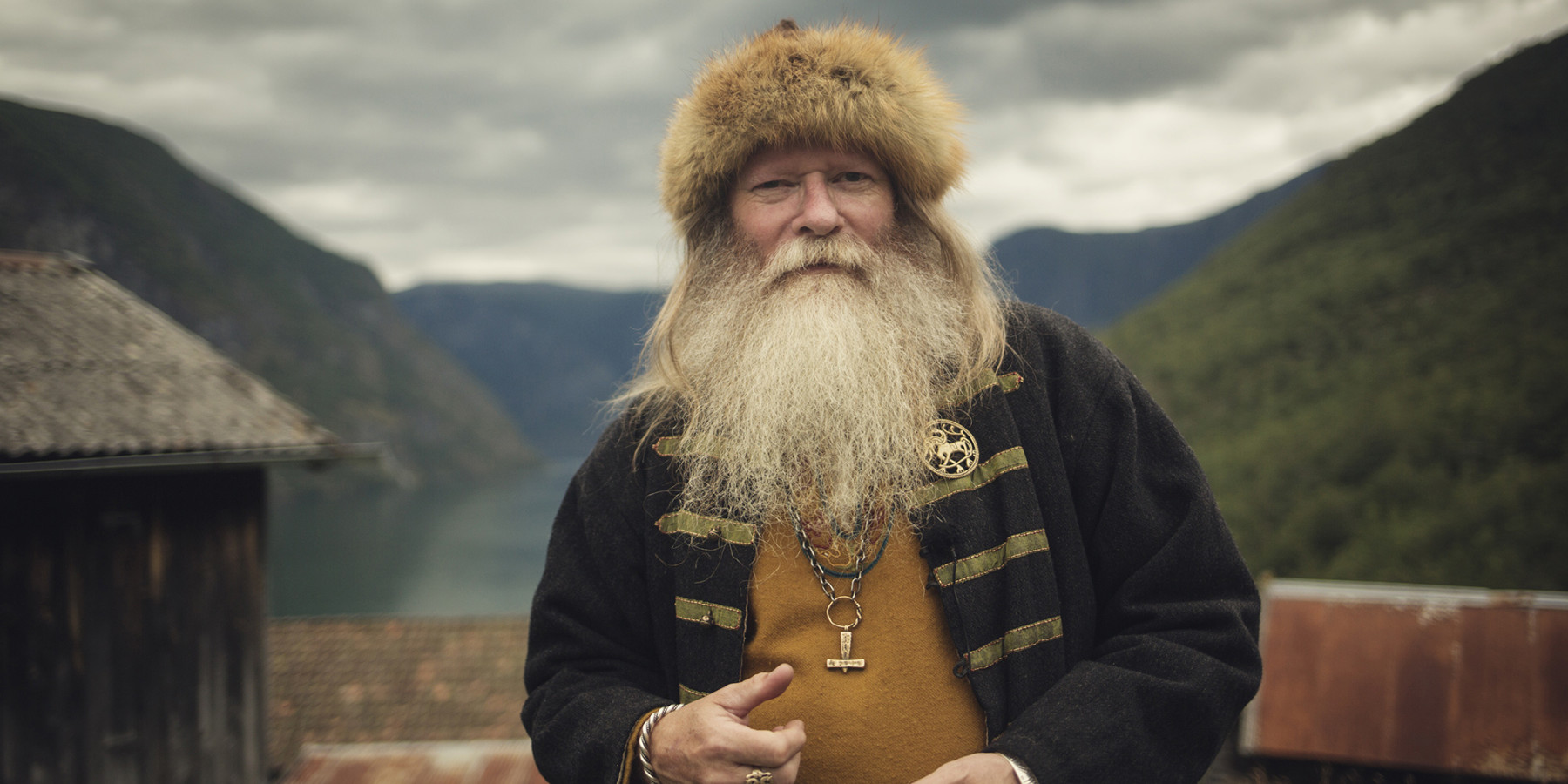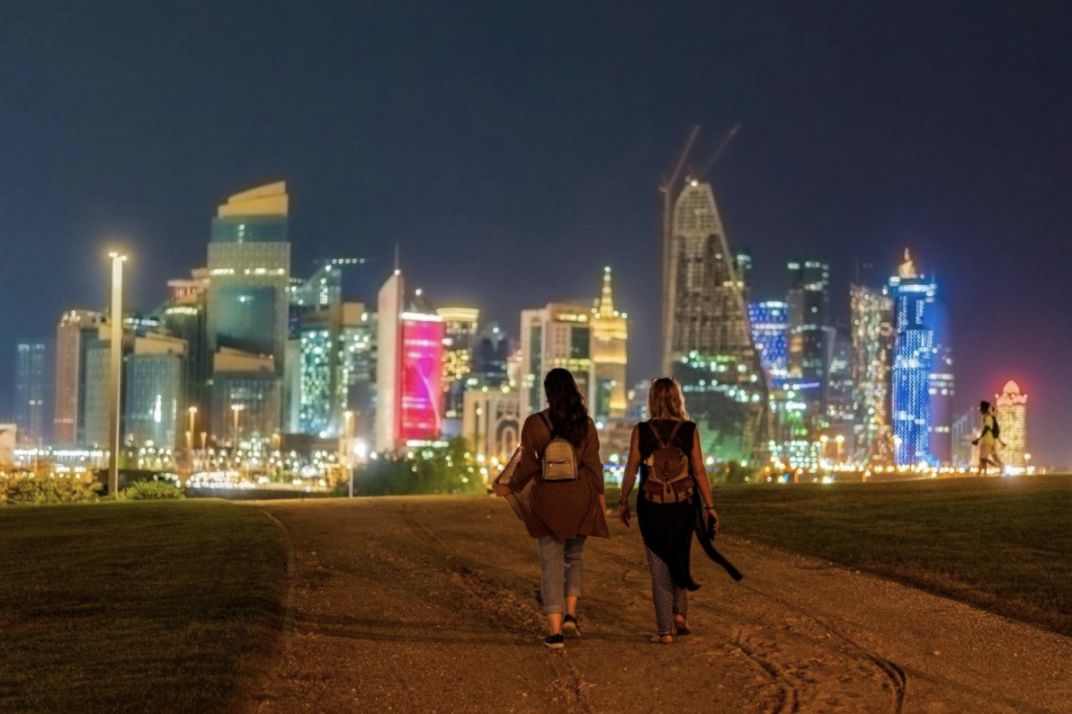1. The Vikings as Farmers
When we think of Vikings, images of fearsome warriors in horned helmets, plundering coastal towns and villages, often come to mind. However, this one-dimensional view of the Vikings is far from accurate. While they were indeed skilled sailors and warriors, their culture was much richer and more diverse than their reputation suggests. One aspect of Viking life that is often overlooked is their role as farmers.
Contrary to popular belief, the Vikings were not primarily raiders. In fact, most Vikings were farmers who lived in settled communities. Their agricultural practices were essential to their survival and prosperity. They cultivated a variety of crops, including barley, wheat, rye, oats, and peas. These crops provided them with food, as well as materials for making bread, beer, and animal feed.
Viking farms were typically small and family-owned. They were often located near rivers or the coast, which provided access to water for irrigation and transportation. The Vikings used a variety of tools and techniques to cultivate their land, including wooden plows, sickles, and axes. They also employed animals, such as horses and oxen, to help with plowing and other tasks.
In addition to farming, the Vikings also raised livestock, such as cattle, sheep, pigs, and goats. These animals provided them with meat, milk, and wool. The Vikings were skilled in animal husbandry and developed techniques for breeding and caring for their livestock.
The Vikings were not only farmers, but they were also skilled craftsmen. They produced a wide variety of goods, including pottery, textiles, jewelry, and weapons. These crafts were often traded with other people and cultures.

The Vikings’ agricultural practices were not only important for their survival, but they also played a significant role in shaping their culture and society. Their farms were the heart of their communities, and they provided a sense of stability and security. The Vikings’ connection to the land was deeply rooted in their cultural identity.
While the Vikings are often remembered for their raids and conquests, it is important to recognize that they were also farmers and craftsmen. Their agricultural practices were essential to their way of life and contributed to the development of their culture and society. By understanding the Vikings as farmers, we can gain a more complete and nuanced picture of their complex and fascinating people.
The image of Vikings as wild-eyed, horned helmets-wearing raiders, feasting on raw meat and drinking endless amounts of mead, is a popular one. While there’s some truth to this stereotype, it’s far from the whole story. Viking feasts were much more than just a way to fuel their bodies for battle. They were social events, religious ceremonies, and opportunities to showcase their wealth and status.
The Importance of Food in Viking Culture
Food played a central role in Viking society. It was a sign of wealth and hospitality, and it was used to strengthen social bonds. Vikings believed that food was a gift from the gods, and they treated it with respect. Meals were often accompanied by prayers and offerings to the gods, and they were seen as a way to connect with the spiritual world.
The Viking Feast: A Social Occasion
Viking feasts were not just about eating. They were also important social events. They were a time for families and friends to gather, share stories, and strengthen their bonds. Feasts were often held to celebrate special occasions, such as weddings, births, and victories in battle.
The Menu: More Than Just Meat
While meat was a staple of the Viking diet, it was far from the only thing they ate. Vikings also consumed fish, vegetables, and dairy products. They were skilled hunters and fishermen, and they had access to a variety of wild foods.
The Feasting Hall: A Place of Community
Viking feasts were typically held in a feasting hall, which was a large, communal space. The hall was often decorated with tapestries and carvings, and it was a place where people could gather to socialize and celebrate.
The Drinking Horn: A Symbol of Hospitality
One of the most iconic images of Viking culture is the drinking horn. Drinking horns were used to serve mead, a fermented honey drink that was popular among Vikings. The drinking horn was a symbol of hospitality, and it was often used to toast the gods and the host of the feast.
The Role of Women in Viking Feasts
Women played an important role in Viking feasts. They were responsible for preparing the food, serving the guests, and keeping the hall clean. Women were also welcome to participate in the feasting and drinking, and they were often treated as equals by men.
The End of the Feast: A Time for Entertainment
After the feast, Vikings often enjoyed entertainment. This could include music, dancing, storytelling, and games. These activities helped to break up the long winter months and provided a much-needed respite from the harsh realities of Viking life.
Conclusion
Viking feasts were much more than just a way to fill their bellies. They were social events, religious ceremonies, and opportunities to showcase their wealth and status. By understanding the importance of food in Viking culture, we can gain a deeper appreciation for the rich and complex society that they created.
 Udento Lifestyle & Health
Udento Lifestyle & Health




